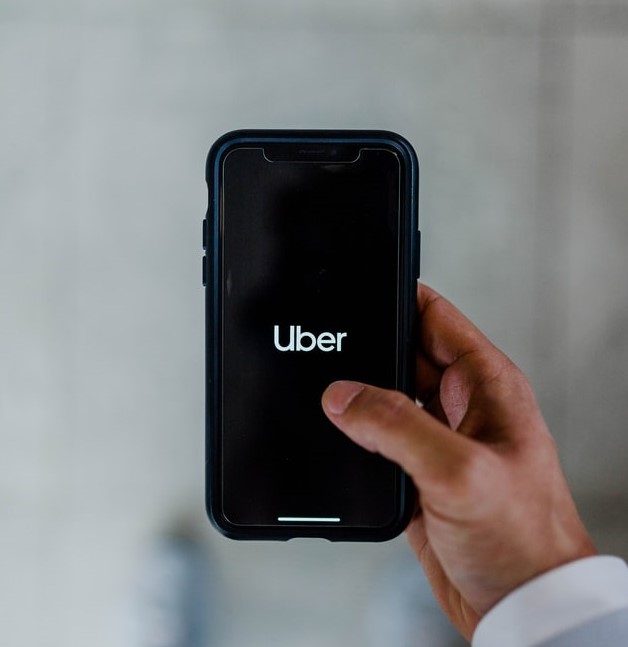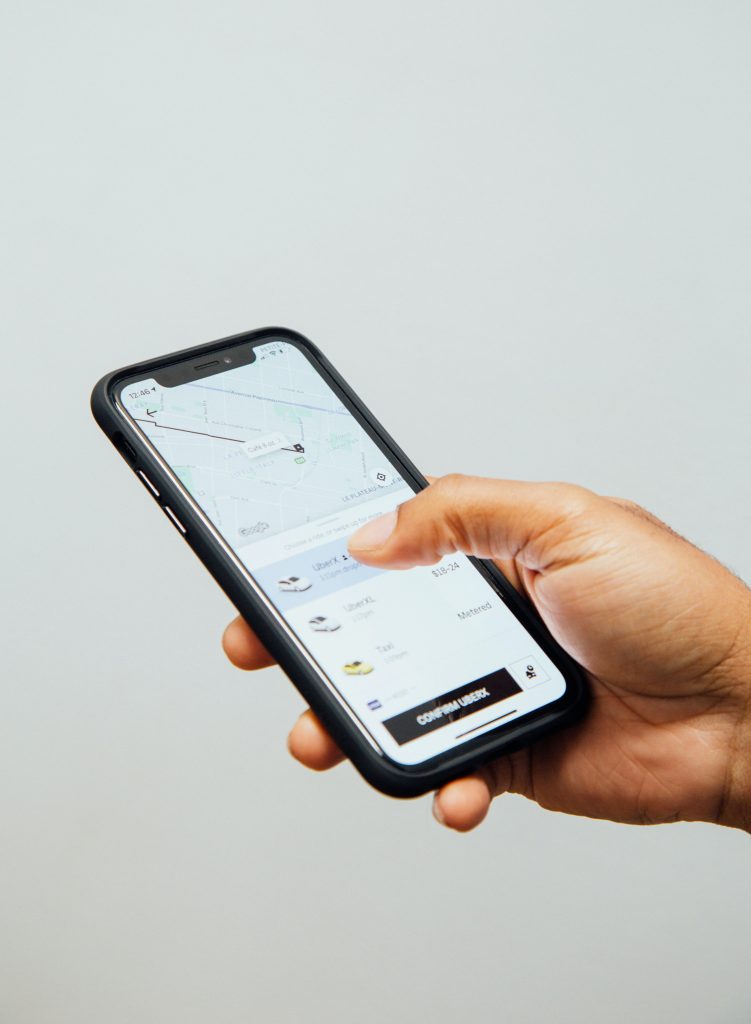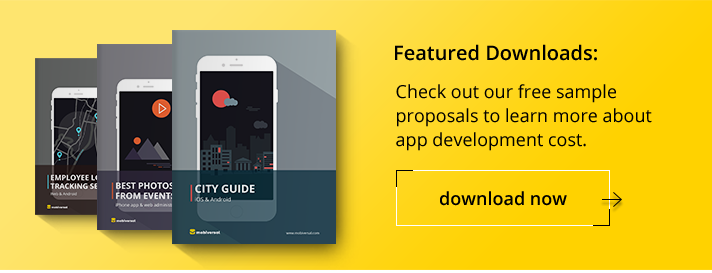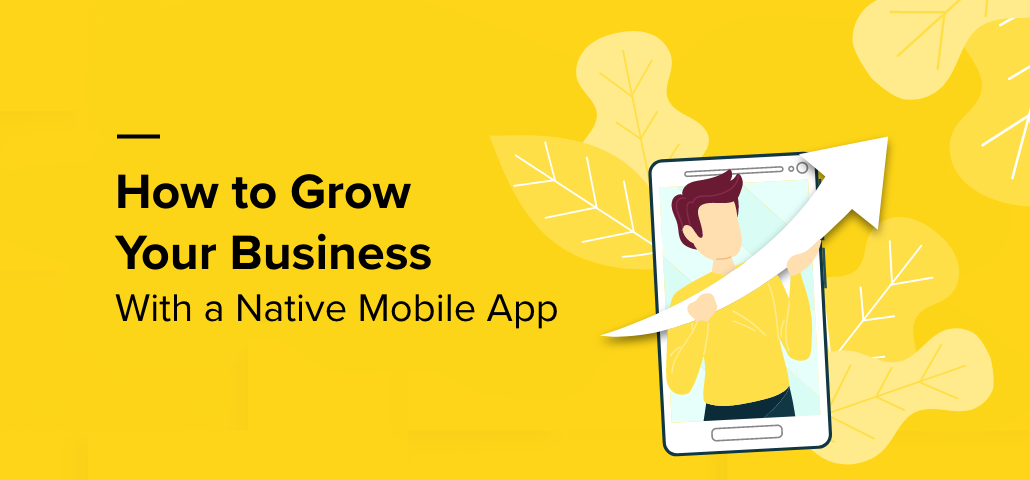How Much Does It Cost To Build An App Like Uber

Short answer: roughly $120,000.
Long answer: depends on the features.
Uber is the most widely used ride hailing application across the world.
Founded in 2009, it had over a decade worth of time to iterate over features and see which ones are worth keeping, chucking away or improving.
This article will show you how much it would cost to build it with (most of) the feature set that Uber already has.
But keep in mind that Uber iterated over time and the app was much more bare bones than it is now.
We’re going to paint a broad picture of the features, so let’s get to it.
First, let’s establish the main roles of the app: the client, the driver and the administrator.
Each one of them will have his own interface, in one shape or another.
After firing up the mobile app, the users will be able to login either as a client, or as a driver.
Of course, they’ll also be able to sign-up as clients or drivers.
The client sign-up is pretty straightforward, its only special feature being that it requires a phone number verification.
The driver sign-up, on the other hand, requires more information.
And a lot of sensitive information and documents, such as scanning the ID of the driver, signing some legal documents and others.
It depends a lot on the specificity of the country’s law.
That’s why it’s imperative you check what the law says.
After signing in, the client has at his disposal the main screen, which let’s him order a ride.
After selecting the drop point of the ride, the app starts searching for drivers in the user’s area.
When a match has been found, the user is prompted to accept or deny the ride.

If the user refuses, then he’s able to search again or dismiss the ride setup.
If the user accepts the ride, then he’ll enter an “Active ride mode”, where he’ll be able to see info such as the position of the driver updated on the map in real time.
After the ride is done, the client is able to rate the ride and write a few words about the driving experience.
The client also has a profile with his ride histories, payment settings, favorite locations, etc.
Now, let’s head on to see the driver’s viewpoint.
The driver has a dedicated app for driving.
The app lets him search for rides, plan routes outside of the searching function and a few others.

The app also provides him with directions based on Google’s Directions API, when engaged in a ride or a planned route.
He can call the rider or send him a message (without seeing his number, of course).
In his profile, the driver has available a Financial section, which informs him about how much money he’s made, his payment settings, his transactions and even the ability to cash out the many in his preferred account.
Plus, the driver also has a section for favorite locations, legal documents and ride history.
Oh, and let’s not forget about different promotions that the administrator can set.
Speaking of, let’s talk a little bit about the administrator.
The administrator can make use of a web platform that oversees the drivers (with all their legal documents that need manual approval, rides, transactions, etc.), clients (with sensitive information such as their phone number being unavailable) and various other options such as reports, notifications and chat.
With that said, we’ve covered in a broad sense a ride-hailing service app that can compete with the big guns out there.
Oh, we forgot about the matching algorithm that matches clients to drivers.
Basically, it takes into account in a trickle-down hierarchical fashion, first the location of the users and then their rating.
Everybody starts with the best rating, that can deteriorate over time if misbehavior ensues.
In conclusion, using the broad set of features we described above, a ride-hailing app like Uber would cost around $120,000 to build.
Imagine what the cost of properly marketing it would be.
See you in the next one!



